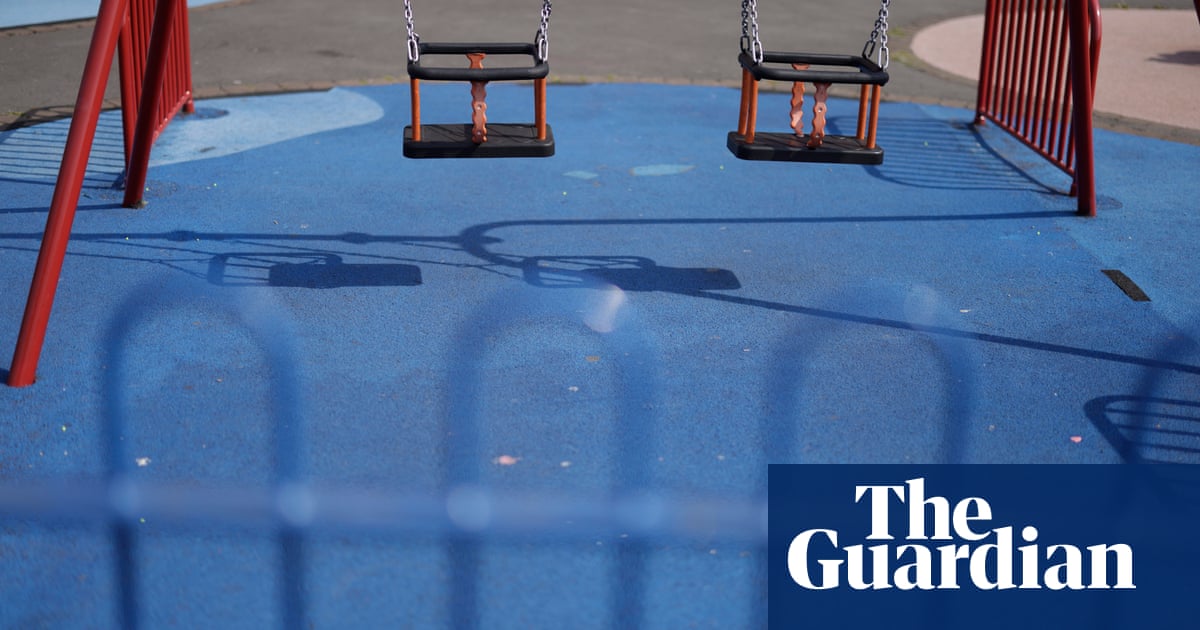A wide-ranging national plan for childhood is needed in England to address the profound impacts on young people of austerity, poverty and the legacy of the pandemic, says the Association of Directors of Children’s Services.
Investment and reform across several overlapping services, from child mental health to early years support, is essential to transform lives, tackle widening social inequalities and secure the UK’s future prosperity, it says.
How has austerity and the pandemic had an effect on childhood in four key areas of policy?
Child poverty
About 4.2 million children are in relative poverty in the UK, while the number of young people experiencing destitution or extreme poverty – meaning their families cannot afford to clothe them, clean them or keep them warm – has tripled over the past three years.
Rising material hardship has multiple effects; children going without proper clothes or having to share a bed with siblings. But it also means exclusion – missing out on family outings, holidays and school trips and social isolation.
Life chances and opportunities have also been dented by the loss through council cuts of local public amenities, including hundreds of children’s centres, youth clubs, libraries, parks and leisure facilities.
Schools and early years
Accounts of so-called “Covid babies” reaching school age still wearing nappies, and unable to use a knife and fork, have focused on lockdown’s impact on early years development, as well as the shrinking availability of early years services.
Older children are also dealing with the legacy of pandemic lockdowns and cuts, with falling school attendance, deteriorating classroom behaviour and rising exclusions linked to the post-Covid breakdown in the social contract between schools and parents.
Record numbers of state school pupils are eligible for free school meals – 23.8%, which is more than 2 million – and 900,000 more children in poverty miss out due to restrictive eligibility criteria. Academic attainment gaps between rich and poor pupils are widening.
After years of funding cuts, investment in schools has been stymied by inflation while school capital investment is at a record low. More than 230 schools face disruption caused by the “crumbling concrete” crisis. Special educational needs and disability (Send) services are struggling to meet soaring demand.
Health
The UK’s children are “plagued” by preventable poor health, from obesity to tooth decay and mental illness, storing up a bleak outlook for their future, an Academy for Medical Sciences report published earlier this month concluded.
Record numbers of young people are seeking help for mental health conditions, with 1.4 million in England in 2022 referred to child and adolescent mental health services for treatment of anxiety, depression, eating disorders and other psychological problems.
The causes of this crisis are variously linked to Covid-related anxiety linked to social isolation, feelings of depression and negativity triggered by social media use, and distress brought on by academic pressures at school.
Physical health is also an issue: two in five children in England leave primary school overweight, putting them at risk of diabetes, heart disease and other serious health problems in later life.
Child protection
In 2023, 83,840 children were looked after, up from 64,460 in 2010, reflecting a steady increase in young people being taken into care as poverty and cuts to preventive services such as family support took their toll.
Increasing numbers of emotionally troubled children are being taken into care because during long waits for NHS mental heath services their condition deteriorates to the point where their parents can no longer cope with their behaviour.
Teenagers are now the fastest-growing group of looked-after children, due to factors including “county lines” exploitation by criminal gangs and rising homelessness. Social services bosses say online abuse of children, from the sharing of indecent images of under-18s to grooming, is a growing feature of child protection work.







